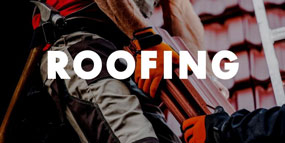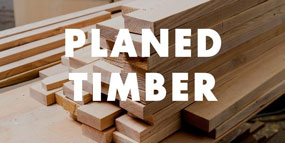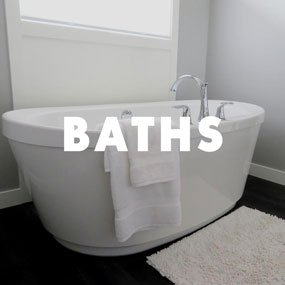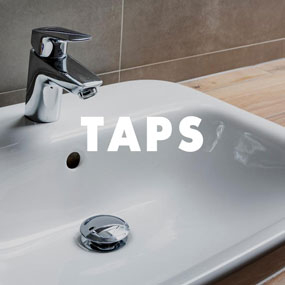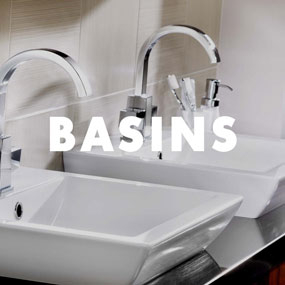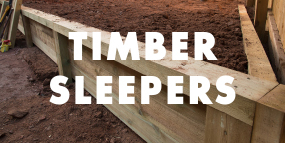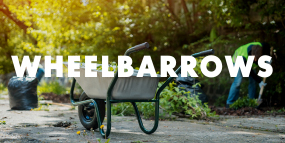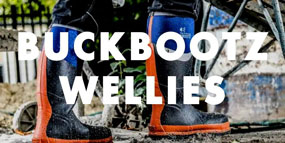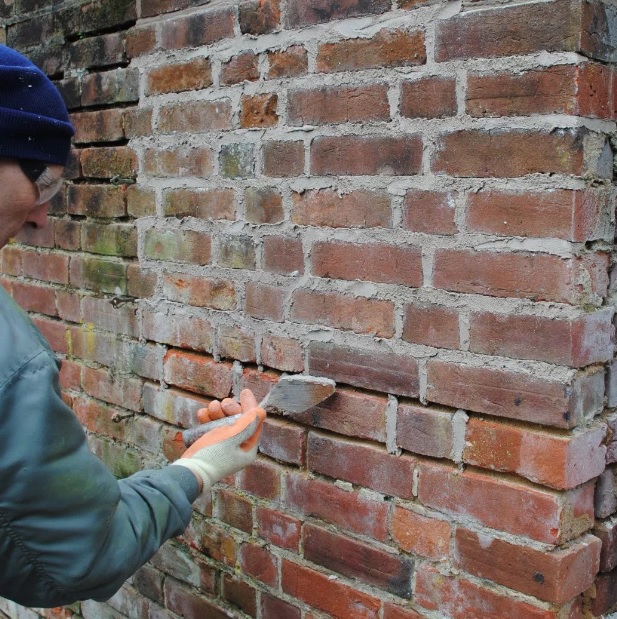Repointing a wall may seem like a complex task and something that you’d need to employ a builder for. However, although it’s a time-consuming job, with the right tools and a bit of knowledge it’s something that can easily be undertaken by a competent DIYer.
To undertake the task, you’ll need a cold chisel, a hammer, a wire brush, a soft brush, a pointing trowel, a mortar board, a cement mixer and, if you’re working at height, scaffolding.
When to Repoint
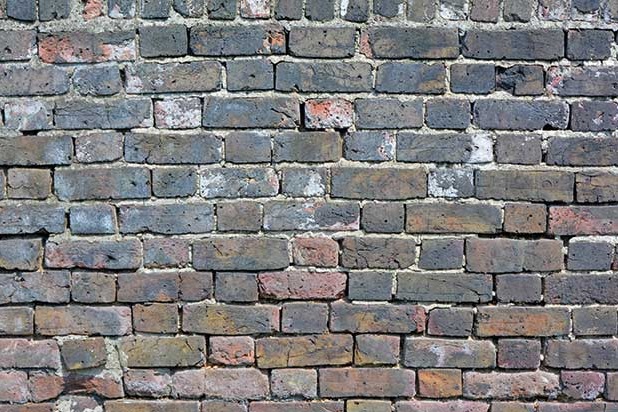
Mortar is a key part of a building's construction. It separates individual bricks or blocks - not holding them together, as is often assumed - and fills irregularities on the bedding face. Because it’s softer than the surrounding masonry, it will eventually begin to weather and crumble. If you start to see open joints, then it’s time to repoint.
What Type of Mortar?
The type of mortar used will depend on the age of the property. Most houses built prior to World War One will use lime mortar, whereas newer properties will use cement mortar. Lime mortar is softer and will need repointing more often, but you shouldn’t be tempted to replace it with cement mortar, as this can be harder than the old bricks and lead to problems with cracking and dampness.
Getting Started
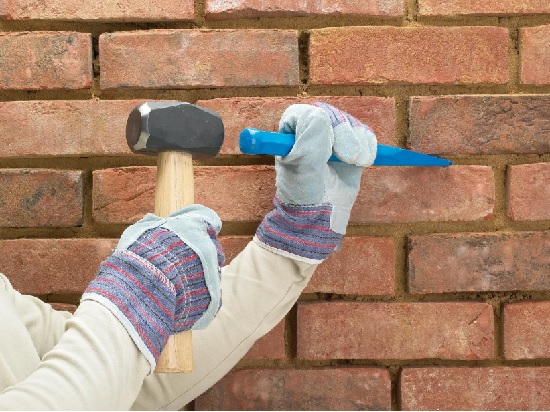
Begin by chipping away the old mortar using the hammer and chisel. Take special care around door and window frames, because if you force old mortar into the gap around them, it can distort the frame and make the door or window hard to open. Rake out loose mortar gently using the tip of the chisel. If there are any external lights on the wall, take care not to disturb any power cables that may have been run within the pointing. After the mortar has been chipped out, remove any dust from the resulting gaps with a soft brush.
Beginning to Point
Carefully measure out the elements of the mortar mix - lime, sand and cement - in order to keep the colour consistent across the whole job. Spray the joints lightly with water to help the mortar stick and dry out evenly. With the mortar mixed, you can begin pushing it into the horizontal joints with a trowel. When you’ve done two or three courses, you can then do the vertical joints - don’t try to clean up the surface at this point.
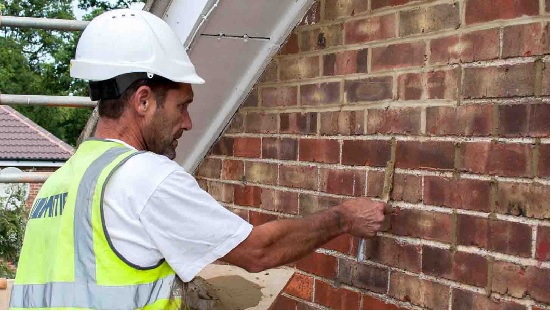
It’s generally best to start at the top of the wall and work down. The exception is older walls with no damp-proof course, where you want to start at the bottom and do the first half-metre or so to allow the mortar more time to dry.
After a couple of hours - depending on the weather - the mortar will be starting to dry. You can now use your wire brush to remove any surplus from the face of the wall, leaving a joint slightly lower than the blocks. You can achieve a neat finish by rubbing along the joint with a brick jointer before it’s fully dry. In hot weather, spray the joints with water to prevent them drying too fast and cracking.

